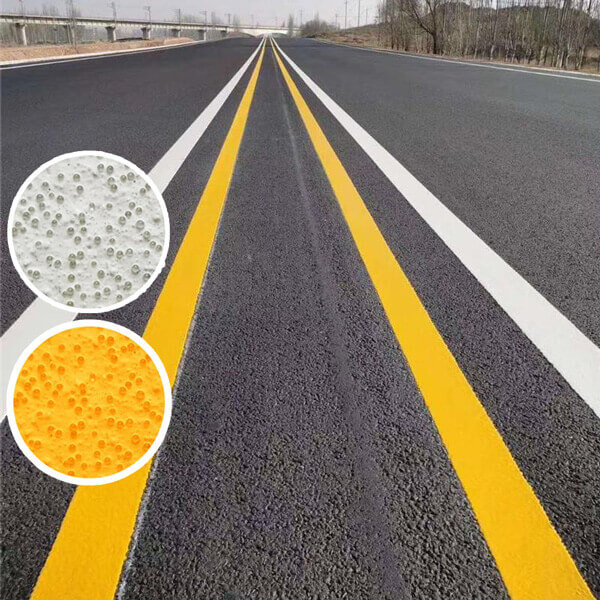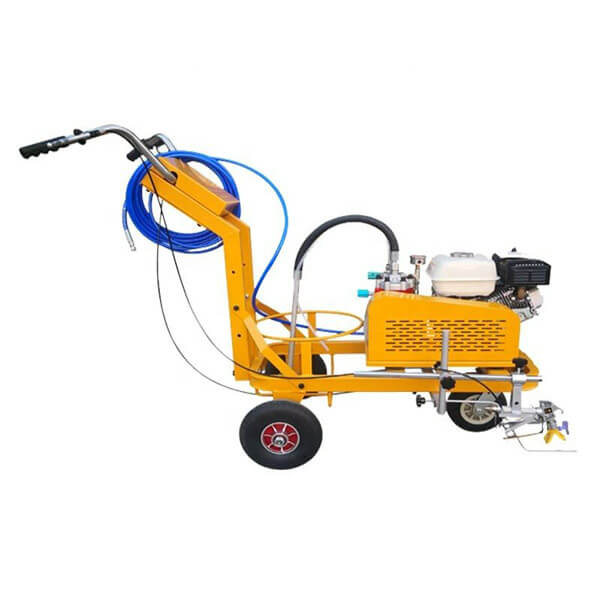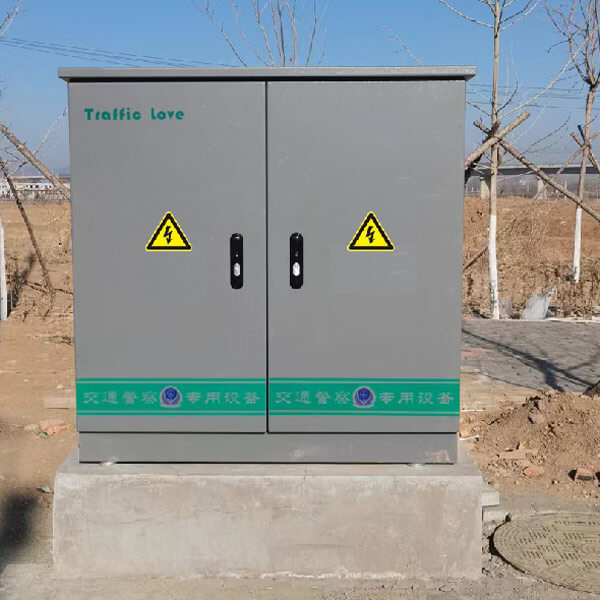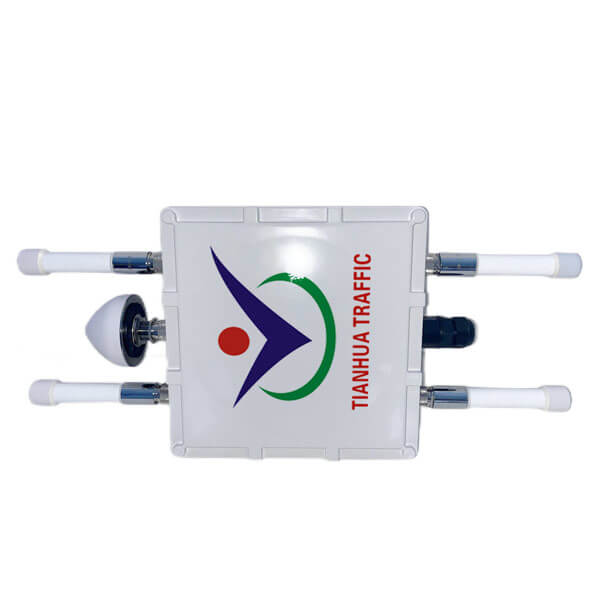Comprehensive Analysis of Cracking Causes in Thermoplastic Road Markings
1. Material Composition Deficiencies
Inadequate Resin Content: Cost-cutting strategies may reduce petroleum or rosin resin levels below the critical 18% threshold, resulting in insufficient organic matter to form a stable molecular network. Some suppliers substitute quality resin with low-grade composite titanium dioxide, significantly decreasing the elasticity of the marking material.
Absence of Anti-Freeze Additives: In colder regions, omitting sufficient plasticizers (recommended ≥3%) leads to increased brittleness at low temperatures. When binder content falls below 5%, the coating’s flexibility can drop by over 50%.
Imbalanced Aggregate Gradation: Over-concentration of quartz sand particles in the 0.3–0.5mm range (ideal range: 0.4–0.8mm) can lead to localized stress at the resin-aggregate interface. Replacing over 30% of quartz sand with mineral powder further weakens compressive strength.
2. Application Process Errors
Uncontrolled Melting Temperature: Temperatures below 180°C prevent complete resin plasticization, while exceeding 220°C can cause thermal degradation, both leading to polymer chain breakdown. Skipping the “holding phase” (less than 3 minutes of thermal stirring) can reduce material uniformity by 40%.
Insufficient Coating Thickness: On coarse asphalt surfaces, layers under 1.8mm are prone to stress-induced cracks. For structured (vibrating) markings, failing to achieve the minimum 3mm raised profile reduces crack resistance by 35%.
Poor Primer Application: Skipping primer or applying less than 200g/m² can reduce bonding strength at the interface by up to 60%, exacerbating stress transfer and promoting early cracking.
3. Environmental Temperature Effects
Cracking from Winter Shrinkage: At -30°C, if the linear contraction rate exceeds 0.12%, thermal stress may surpass the tensile strength of the coating (minimum required ≥2MPa). Laying markings on freshly poured concrete before hydration stabilizes can cause shrinkage discrepancies up to 0.3mm/m.
Base Deformation in Summer: At 60°C, asphalt may soften by up to 2mm, leading to vertical deformation gaps of over 0.5mm/m between the base and marking layer, triggering shear-induced fractures.
4. Substrate and Base Layer Issues
Reflective Crack Propagation: Base layer settlement or movement can produce cracks ≥1mm wide, which tend to transfer upward at approximately 80% of their original width, compromising the marking layer. Residual material from previous markings can also form zones of mechanical weakness.
Incompatibility with Asphalt: SBS-modified asphalt with softening points above 85°C creates thermal expansion mismatches exceeding 0.2mm/°C, necessitating customized formulations with matching elastic modulus for proper bonding and performance.







